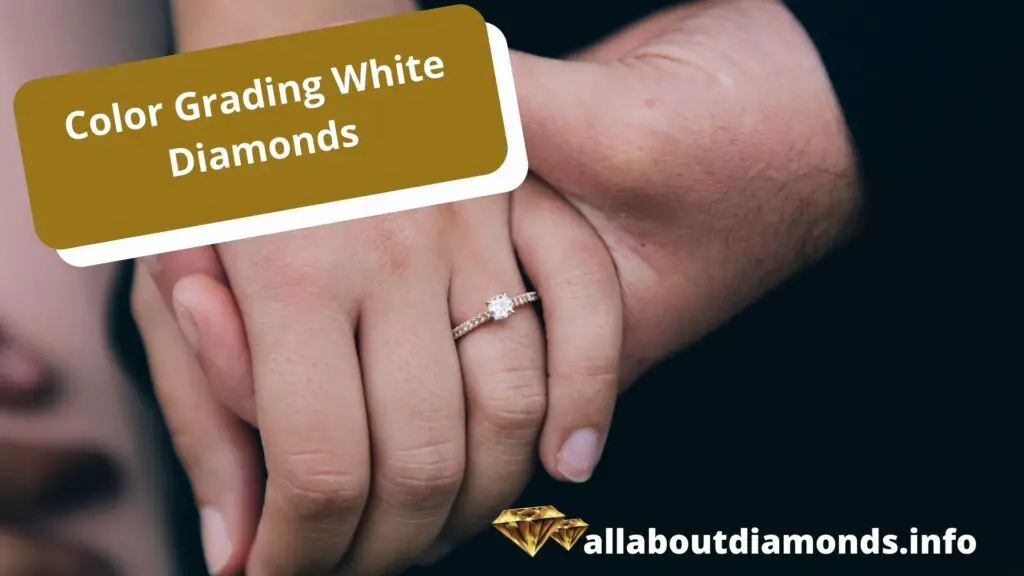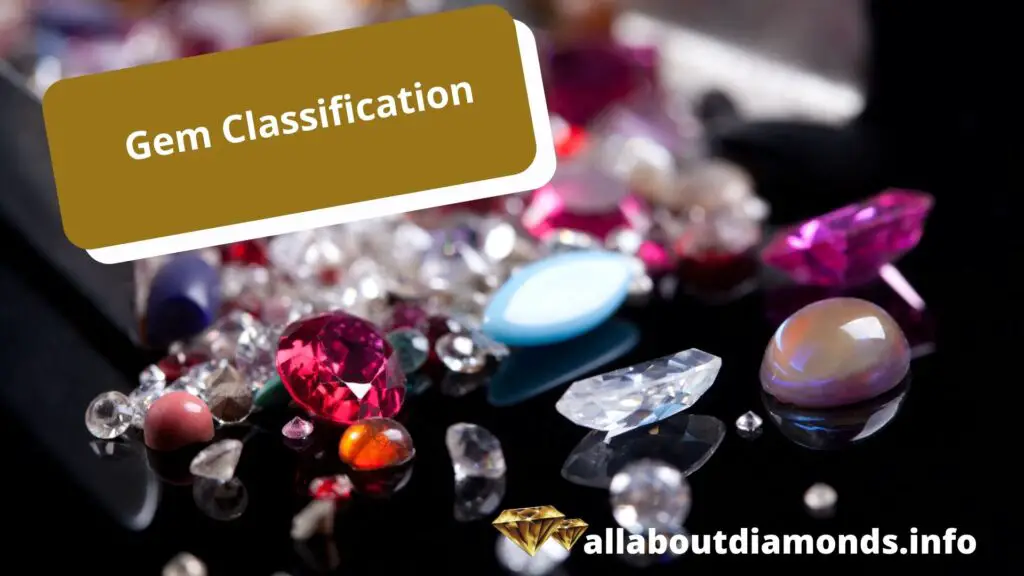The process of assessing and grading diamonds has evolved to meet the rapidly increasing demand for high quality diamonds. In doing so, graders have developed various systems to evaluate a diamond’s color, clarity, cut, symmetry, and fluorescence.
One of the most commonly accepted testing methodologies today is the GIA color grading system for white diamonds. This system is used to categorize diamonds based on their relative color tones.
This article will discuss the GIA color grading terms for white diamonds, and historical grading terms for white diamonds such as Jager, River diamonds, Wesselton, crystal and Top Crystal, Cape, Premier, and Robert-Victor.
GIA Color Grading Terms for White Diamonds
The GIA (Gemological Institute of America) color grading system for white diamonds is a method of assessing the relative color tones of the stones that have been used since the 1950s. The scale is divided into 8 categories from D to Z.
D-F: These diamonds are colorless, with no trace of color.
G-I: These diamonds are near colorless but show very faint tints of yellow or brown.
J-M: These diamonds are slightly tinted and show a very faint yellow or brown tone.
N-R: These diamonds are lightly tinted and show creamy yellow or light brown tones.
S-Z: These diamonds are noticeably yellow or brown.
Historical Grading Terms for White Diamonds
The grading of diamonds has evolved from its simple designation of color to today’s sophisticated instrument-based process. Before the introduction of the GIA system, numerous systems were in use, the most widely used of which were developed by the diamond houses of Jager and Wesselton.
Jager
The Jager system was introduced in Holland in the mid-19th century and was widely used until the 1950s. It is characterized by 8 nuances indicating where a stone lies on the color spectrum from D (colourless) to A (Yellow). The gradings were categorized as follows:
D: No trace of color
E: Exceptional white
F: Very white
G: White
H: Light white
I: Tinted white
J: Faintly tinted white
K: Pale yellow
River Diamonds
The River system was developed by the Diamond Bourse of Antwerp in the 1920s. It was designed as an all-in-one color and clarity scale providing a relative color comparison between diamonds as well as an indication of diamond clarity. The gradings were categorized as follows:
River: finest white
Top River: very fine white
Bright River: fine white
Light River: slightly white
White: yellowish tinted white
Red: reddish tinted white
Brown: brownish tinted white
Wesselton
The Wesselton system was developed in Europe in the late 19th century by Alfred Wessel. It uses a scale of 14 increments ranging from finest white at the top to darker shades of yellow and brown at the bottom. The gradings were categorized as follows:
- Finest White
- Very White
- White
- Brilliant White
- Near White
- Light Yellow
- Yellow
- Light Brown
- Brown
- Green
- Gray
- Blue
- Violet
- Faint Blue
Crystal and Top Crystal
The Crystal and Top Crystal system was developed in the 1920s by the Central Association of the German Diamond Industry. It uses 4 categories when assessing a diamond’s color.
- Crystal: colorless
- Top Crystal: near-colorless
- Half Crystal: faintly tinted
- Cape: deep yellow
Cape
The Cape system was used in the 1930s to differentiate between the different grades and colors of diamonds. The grades were categorized as follows:
- Cape: deep yellow
- Cape Brilliant: brownish yellow
- Cape Top Color: yellowish white
- Cape White: faintly yellow
- Cape Brilliant White: fine white
Premier
The Premier system was developed in South Africa in the 1950s. It is characterized by 6 distinct categories that are used to assess a stone’s color.
- Premier: white
- Premier Light Yellow: light yellow
- Premier Yellow: yellow
- Premier White: faint yellow
- Premier Brilliant White: white
- Premier River: near-colorless
Robert-Victor
The Robert-Victor system was developed in France in the 1950s and is characterized by 9 categories indicating where a diamond lies on the color spectrum.
- Victor A: single letter grade from D to Z
- Victor N: none
- Victor W: very white
- Victor B: brilliant white
- Victor Y: slightly yellowish
- Victor YY: light yellow
- Victor YYY: yellow
- Victor Y4: light brown
- Victor Y5: brown
There are a variety of different color grading systems for white diamonds, with the two most widely accepted currently being the GIA and Jager systems.
Each system has its own set of grading terms that are used to classify a diamond’s color and help differentiate between stones of different color qualities.
It is important to understand the pros and cons of each system in order to determine which grading standards are most suitable for the diamond in question.


